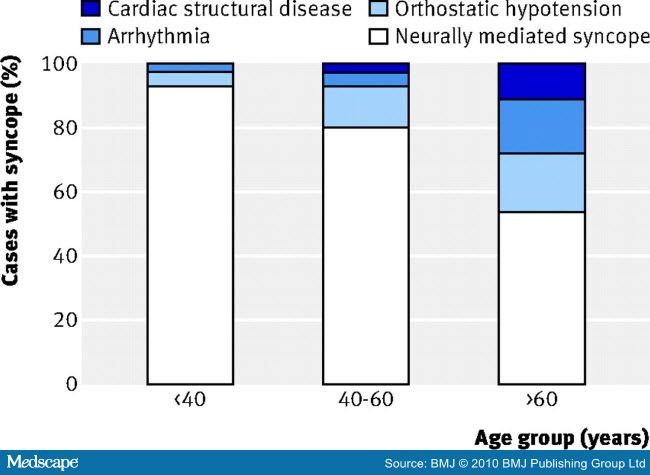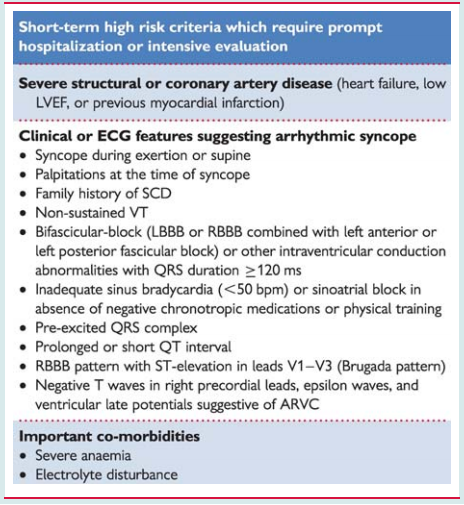Triage notes: 61 yo man, reducing GCS. PMH myelofibrosis
Reduced GCS? Uh oh. What could be going on in that tortured skull?
Is the first thing I would normally think with a reduced GCS. I have learnt to use these piecemeal snippets of information to guide rather than dictate the direction of my history taking. What exactly do they mean by a reduced GCS?
From the ambulance clerking:
“Eyes not open except to voice. Obeying commands. Orientated and talking.”
If you tried to GCS me at 3am I’d probably be the same. Was this patient actually having a neurological problem, or was he just really tired?
His background of myelofibrosis made me suspicious for an acute on chronic anaemia, as well as infection from immunosuppression. The A&E ‘in-and-out’ part of me wanted to just CT Head him because it seems rude to not to on a patient with an apparently deteriorating GCS. The ‘history first, examination second, investigations third’ part of me decided to just hold back a second and be sure that there is a real indication for CT Head.
I decided to take a detailed history first. I learnt that this man had been down the pub just 4 days ago and enjoyed a meal there, socialising with his family and friends. Over the next few days, he spent more time in the chair and not moving around so much. He got short of breath on progressively less and less exercise, to the point where he was taking his time up the stairs. The night before the day of admission he went to sleep at 9pm. The next morning, he was unrousable according to his wife.
Over this time, he had intermittent fevers and night sweats, but had had these for ‘years’. He had flu-like symptoms a few weeks earlier but these had resolved a week before. There was no leg swelling or shortness of breath on lying flat.
There was no focal weakness or sensory loss, or changes to his speech. However, he had become weak all over according to his wife. He had no headache, vomiting or changes to his vision.
On examination, he seems dehydrated, with a pulse of 85. He had no focal neurological signs and his pupils were equal and reactive. His eyes were closed, but opened on command. I felt he was not actually unresponsive and was instead just keeping his eyes shut unless needed. He was a little weak with all movements.
I took bloods for possible sepsis and a VBG, which showed he was not anaemic and had a lactate of 1.4 mmol/L and an Hb of 140 g/L, which ruled out anaemia. I decided to give him some fluids and broad spectrum IV antibiotics whilst awaiting the FBC result, and if he did not improve on this to consider an intracranial cause. I also sent off TFTs.
One hour later, as I saw him wheeled out the corridor to the medical admission ward, he was a different man altogether. He was waving and talking. The wife said that she got her husband back.
The GCS revisited
This experience made me think about how the GCS maybe gets abused in the healthcare system. Teasdale and Jennet invented the GCS in 1974 as a tool for monitoring the coma level in patients on a neurosurgical ward. They tried in vain in 1978 to empahsise that ‘we have never recommended using the GCS alone, either as a means of monitoring coma, or to assess the severity of brain damage or predict outcome.’
Even more bizarre is how we add up the components. Is a patient who has moved from being unable to localise pain to having a flexion withdrawal response as much of a deterioration as a patient who was talking to you but is now disorientated? The individual parts just aren’t comparable to each other, as the original authors wrote. The components of the scale were simply ranked e.g. localises to pain is one place worse than obeying commands. This is completely different to giving them scores, which implies equal spacing between them.
In addition, to add up the components implies that the scale should be weighted 6/15 to motor, 5/15 to vocal and 4/15 to eyes. This does an injustice…to motor. The motor part is the most important part of the scale, and similar validity for the usual applications of the GCS can be found using a simplified motor only version of the GCS.
You can read an excellent article by Dr Green about the problems with how we use GCS. One bit I liked from this article was where they looked at how meaningless the summarative GCS could be for prognosis:
The 13 possible GCS values can include 120 combinations of its components. A GCS score of 4 predicts a mortality rate of 48% if calculated 1,1,2 for eye, verbal, and motor, a mortality of 27% if calculated 1,2,1, but a mortality of only 19% if calculated 2,1,1.
So what should we use instead?
How about the Simplified Motor Scale, also known as TROLL? Given neurosurgeons get GCS wrong nearly half the time (Bassi S, Buxton N, Punt JA, et al. Glasgow Coma Scale: a help or a hindrance? Br J Neurosurg. 1999;13:526-539), surely it is safer to use a tool which has less margin for subjectivity and as much validity for head injuries at least?
Had we used the SMS, this patient would have been admitted as fatigued/dehydrated rather than reduced GCS, which would have been far more appropriate.

